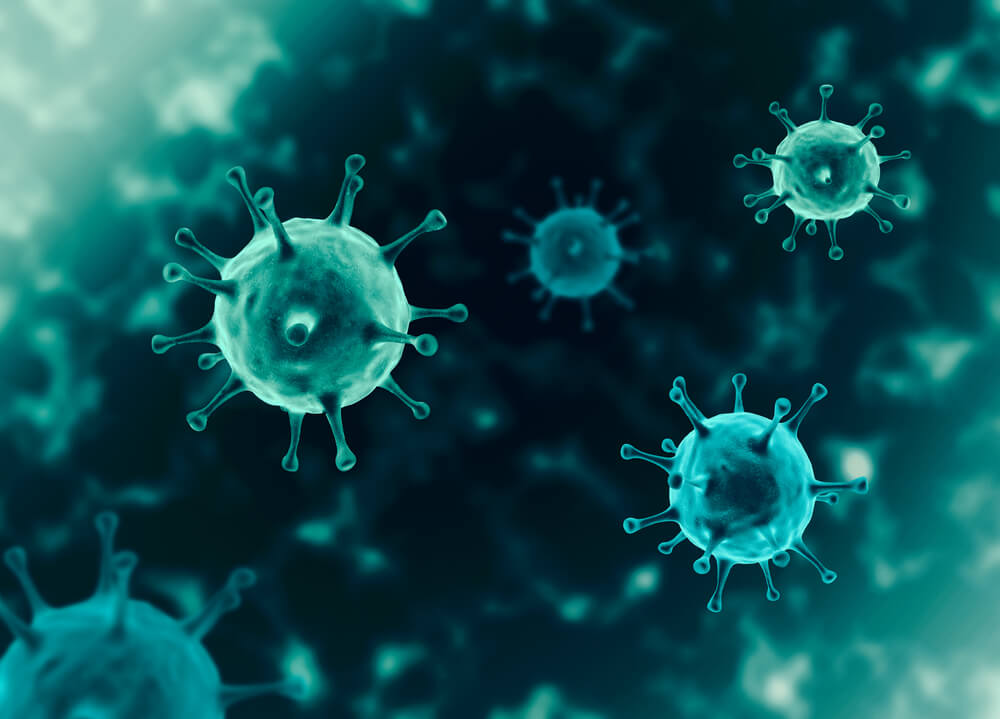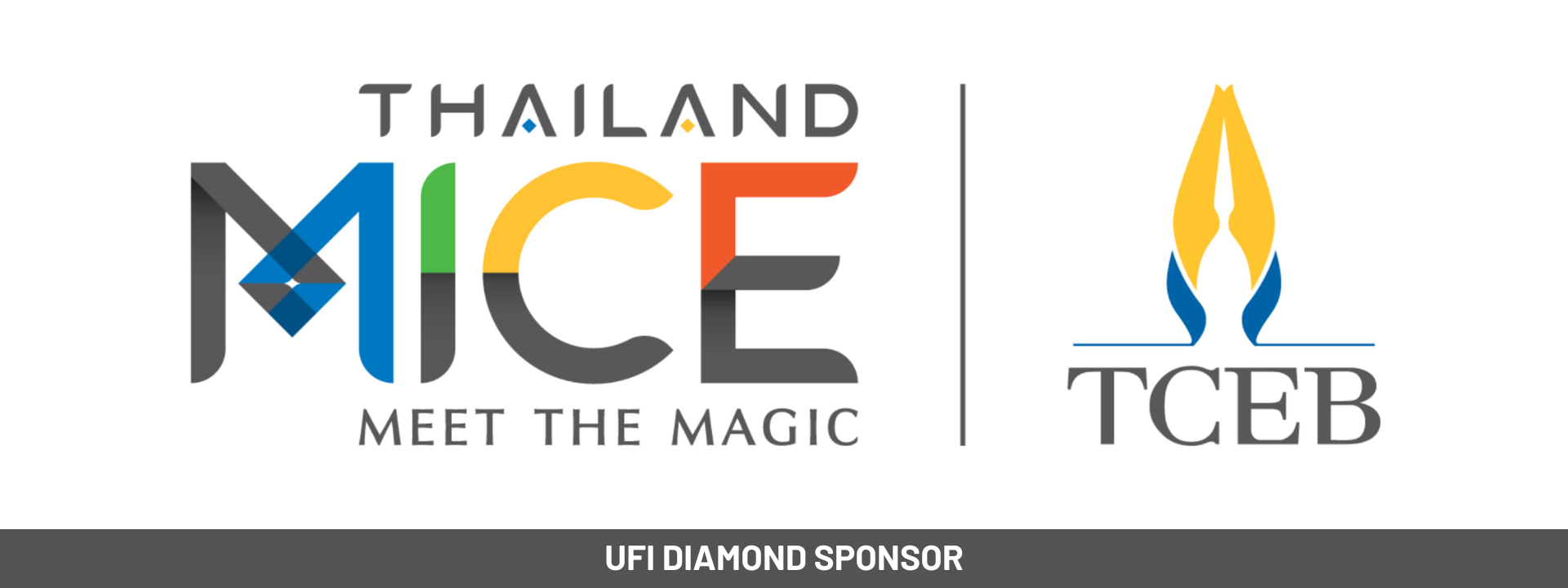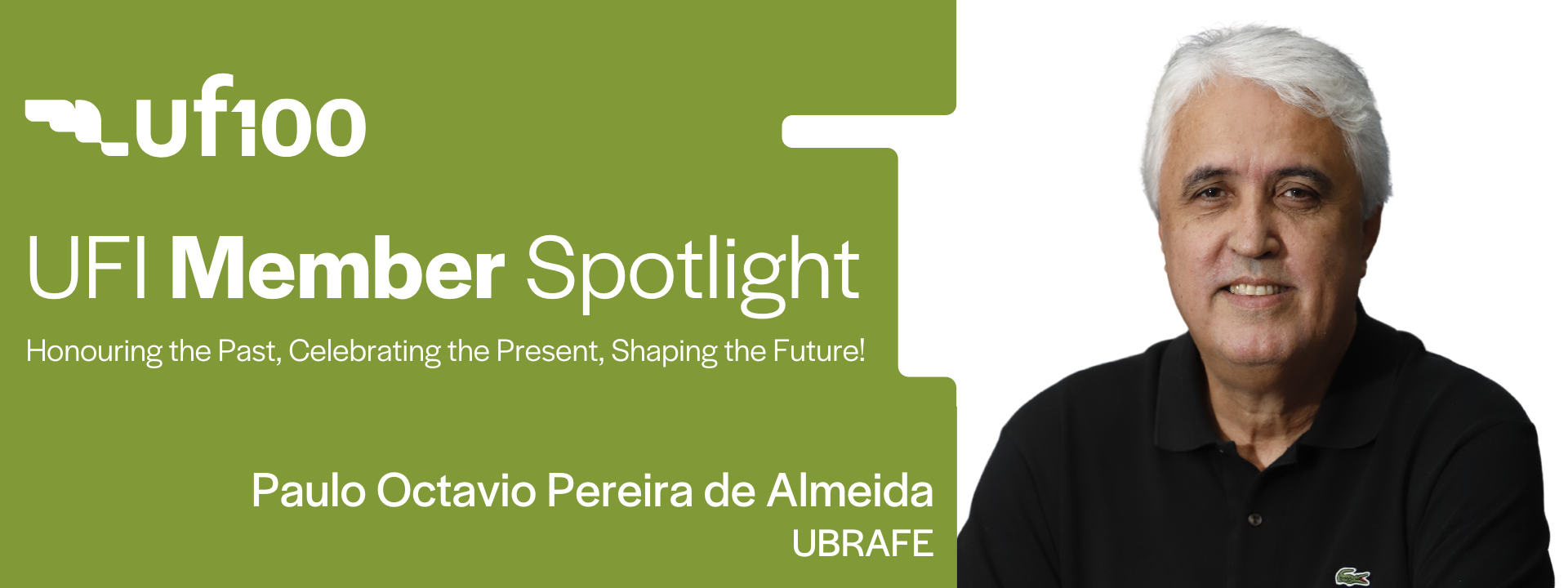COVID-19 case counts, virus maps, lockdowns, restrictions, cancelations, postponements have lead the daily news for months. Since COVID-19 was first reported on Dec. 31, 2019, the endless loop of 24/7 media coverage has created fear and uncertainty across the globe. What can we learn when we take a step back and look at the bigger picture through the lens of one virus expert?
Current situation: Against a backdrop of COVID-19 cases running lower in Asia, spiking in Europe and hitting record highs in the U.S., Dr. Hendrick Streeck, Professor and Director of the Institute for Virology and the German Center for HIV & AIDS the University of Bonn, delivered insights into the current virus situation during a keynote at #UFICongress. Streeck, who published a study on a small German town at suffered a super-spreader event at a carnival, shared his expertise with the global exhibition industry audience. Here are nine key learnings:
COVID-19 is part of our lives. “The reality is: the virus has become part of our everyday lives. The number of infections will go up and down again and again. This is just the nature of this virus, which reacts to external factors, like climate, but also our behavior. It has become native and endemic.
The vaccine will be a tool not a solution. “Even if the vaccine is perfect, humans have only once succeeded in eradicating a virus with a vaccine. This was small pox, and it took a century. The vaccine will be a tool to manage COVID, but it’s not the single solution.”
Fear is a dangerous advisor. “The best way to confront fear is to realistically access the danger, understand what is scary and accept that fear can be irrational. Fear can only be countered with facts. Fight them by analyzing where there is danger and what risks there are.”
Find a new routine. “We can’t let carelessness run our lives. With all of this knowledge about the seriousness of the virus and understanding of the risk, we can find a new routine. Keep in mind: The virus is deadly for a few, but it will not be the downfall of humanity.”
Understand the risk. “The surprising finding in the last few months … the objectifiable risk to any individual is low, but the perceived risk of the population is currently different. All I can do as a doctor and a scientist is relate to statistics. But based on them, no expert can predict the societal risk, let alone the risk to individuals.”
It’s less about dogmatic and more about pragmatic solutions. “It’s a marathon not a sprint. It’s less about prohibitions and penalties and more about exercising personal responsibility. Rules like bans and curfews have to make sense. We are all responsible for stopping the spread.”
Don’t focus only on number of infections. “We also need to focus on the capacity of in-patient care. We have to focus on what matters, and not only the numbers of infections but also — and not exclusively — the healthcare resources.”
Protect the most vulnerable. “If they can be protected better, we can reduce the severity of the disease. We can reduce the burden on hospitals and in-patient care.”
Test solutions and learn from mistakes. “It is important to try things out – nobody knows what is the best approach. One learns only from mistakes. This is the only way to gain knowledge in science.”
The bottom line: The question that arises: How do we understand the risk of COVID-19? “Without the willingness to take calculated risks, there’s no hope to return to COVID-free time,” he said. “The biggest mistake we can make now as a society is not to take risks and let fear be our guide that undermines our courage to act.”







Leave A Comment